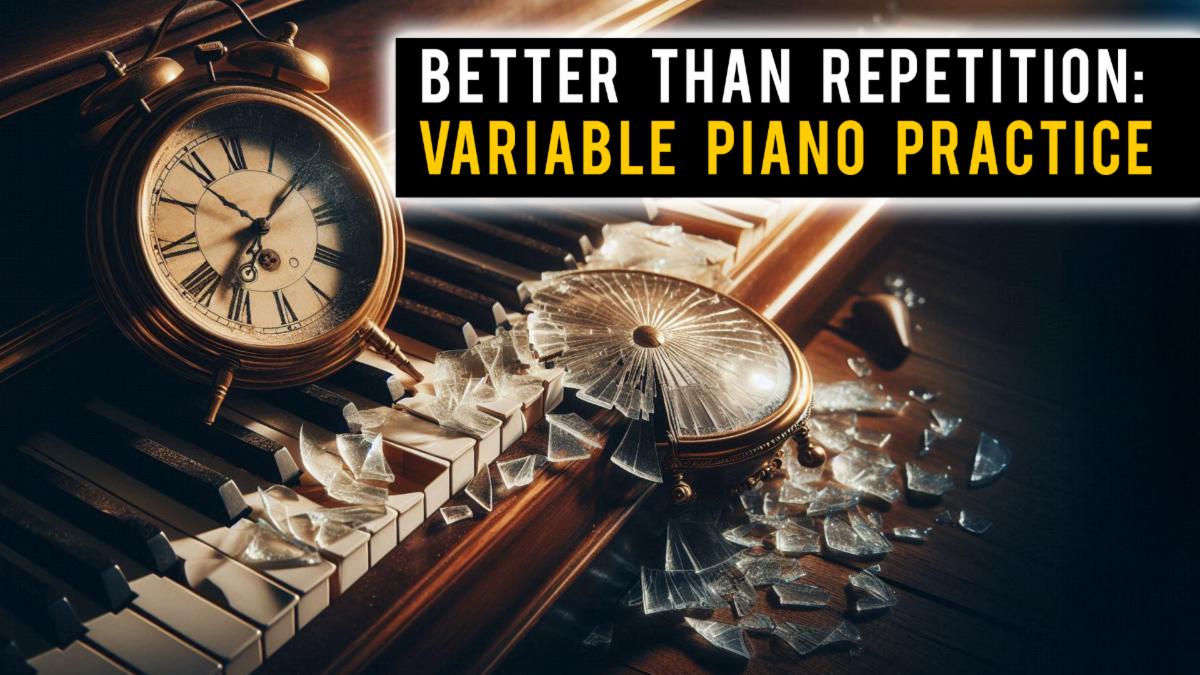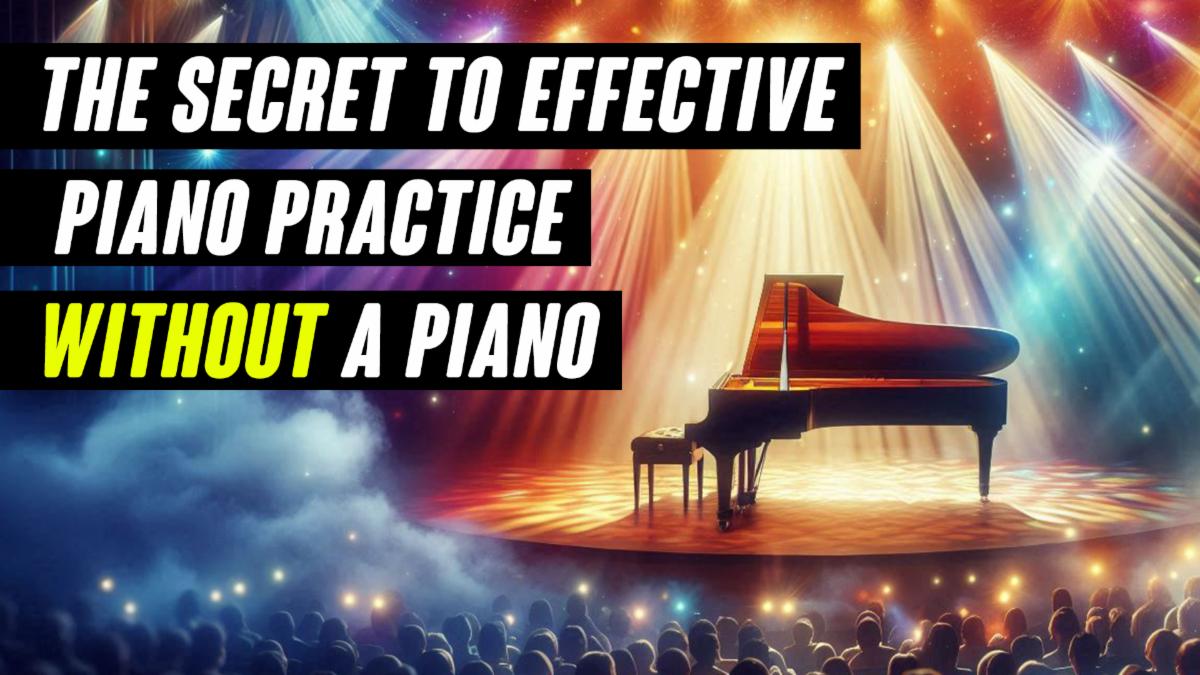I’m Robert Estrin. Welcome to LivingPianos.com. In this second excerpt from my interview with Zsolt Bognár, I share the journey that led to the creation of Living Pianos—how a lifelong passion for performance, teaching, and technology came together in unexpected ways. If you’d like to hear the full story, be sure to watch the complete interview
here.
Zsolt Bognár:
So I’m curious to break this down in terms of how you perceive your musical balance. Being a pianist, making all these videos, producing and editing them. You teach over 30 students, and you’re selling pianos.
Robert Estrin:
Growing up I always had a lot of interests, but a real passion for music. My father, although he was professor of music at Hofstra University, he did the lion’s share of his teaching in a very large studio in the back of our home, where he had two grand pianos and theory classes and recitals.
“I was intimately involved with my father’s students, and many of them were incredibly accomplished, more so than I was.”
I’ve always had very small hands, and as a kid my hands were very weak and with spaghetti fingers, and even reaching an octave, even at the age of 13, was a struggle. So in terms of, you know, goals, I wasn’t like a child prodigy. But, you know, I always felt music would always be a part of my life. But I didn’t have any specific career ambitions. All I knew was I loved to perform. Performing has always been a passion of mine, and trying to figure out how to incorporate that into a life, into a career, of course, took many decades to figure out one path. And for many, many years,
it always seemed like there was an inverse proportional relationship between what was rewarding financially and what was artistically rewarding.
I started teaching in high school, assisting my father in his teaching, as my sister did before me, and she’s incidentally a pianist and a teacher right here in the Cleveland area, which we can get into as well. But I knew that I did not want to just teach, and yet, when I graduated from conservatory, what was the obvious thing? I had been teaching since high school, and my part-time job through college was teaching and accompanying. So that’s how I made my living initially. But I had so many other interests.
So I expanded into a recording studio, which I put in my lower level of my home, and I did music production and composing for film and video, and I just always was expanding and expanding and expanding for a long, long time. But it wasn’t ultimately gratifying.
“I tried to figure out what I could possibly do in order to further my performing, and that’s when I came up with Living Piano.”
I go from three distinct periods: the ultimate harpsichord, the earliest piano that really was catching on, and then the modern piano. And I performed that dozens of times all over the state of California. And that was a way that I was able to promote my performing while bringing something that’s more than just another concert. It’s something you could talk about. And I got written up in papers and blogs because it was something fresh and new in music and with the piano, which is really a challenge. And that’s really when I turned the corner.
“I actually started making piano videos in the late 90s.”
A company in Irvine called Digevent engaged me along with a guitar and drum show for Keyboard Kaleidoscope, and I did 50 shows. They were one-hour live internet shows, cutting edge for the time, that I did for a year every week. I did many different topics. And yet they didn’t take off. They ended up getting sold to another company, and they never could get traction with these live events. They engaged us to do these shows, but it was a pitifully small audience, and I think it was because most people didn’t have the high-speed internet to be able to enjoy it and to partake in such a thing. But by the early 2000s the internet was working for people, and broadband was now becoming more ubiquitous.
“I always loved to make videos anyway. So I just started making them, and I kind of went all in on it.”
First, I engaged a young man who was a friend of my daughter’s who had just graduated from film school—Chapman University—and he wanted to do a showcase of his talent. So he made a documentary of my Living Piano: Journey Through Time Historic Concert Experience. And from there, little by little, he started doing more and more for me with my website until he ended up being full-time.
“Living Piano, the show, grew into Living Pianos because I had always been selling pianos, from the time I graduated from conservatory, because of teaching.”
Students would call me for lessons, and the first question I’d ask is, “Do you have a piano?” And half the time they would say no. And I would tell them, honestly, you’re better off with a piano and no lessons than lessons and no piano. So that’s when I started, looking for pianos I could have refurbished and sell, and there was such a big demand for this that I just always had extra pianos in my home. We ended up with this big live-work loft with, dozens of pianos. And so that always grew.
Watch the complete interview here.




